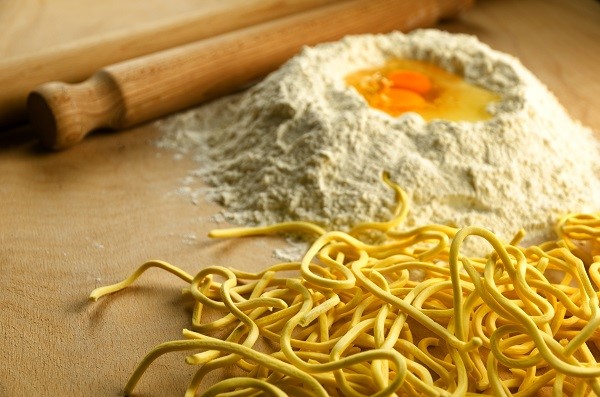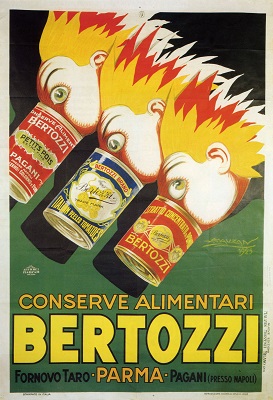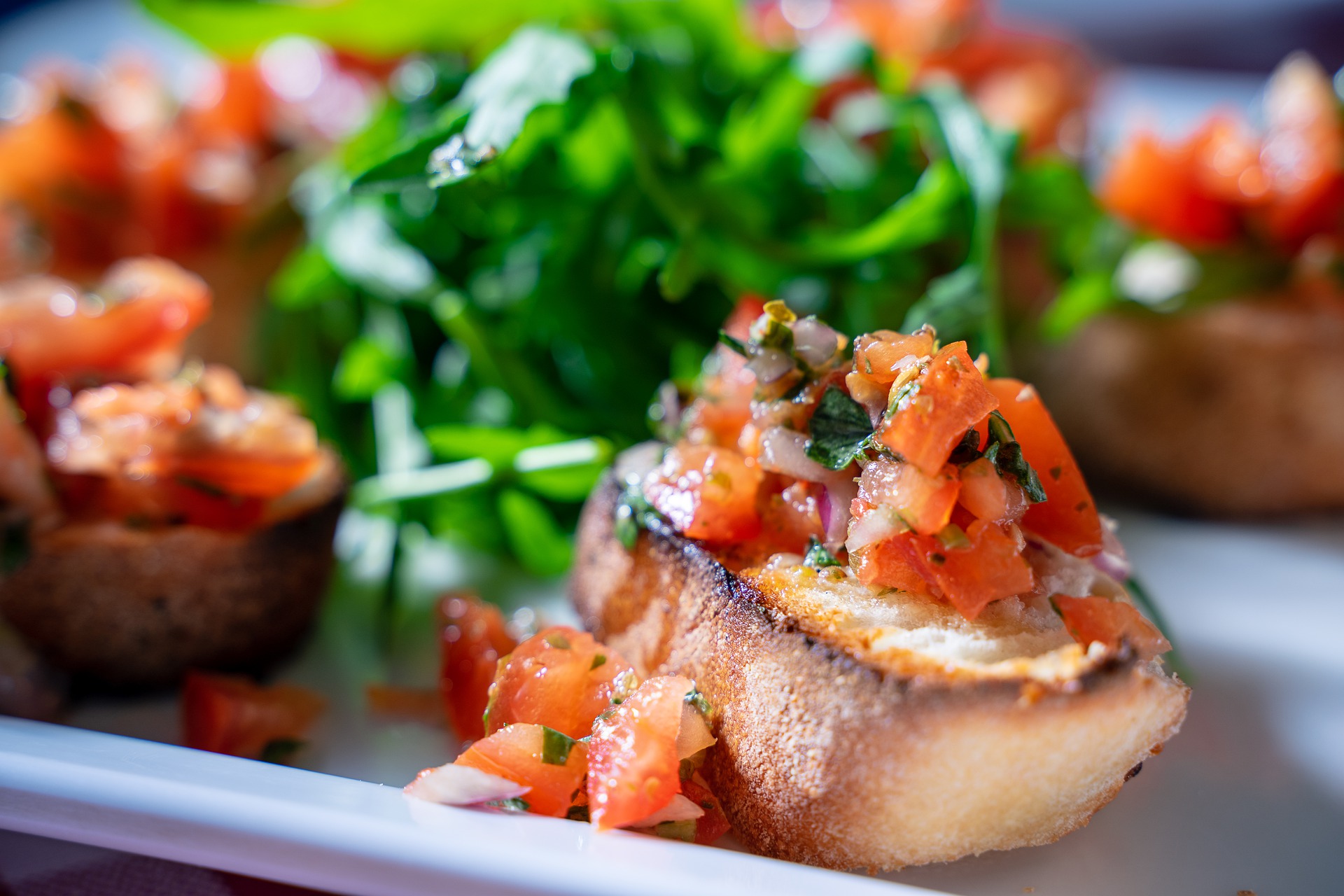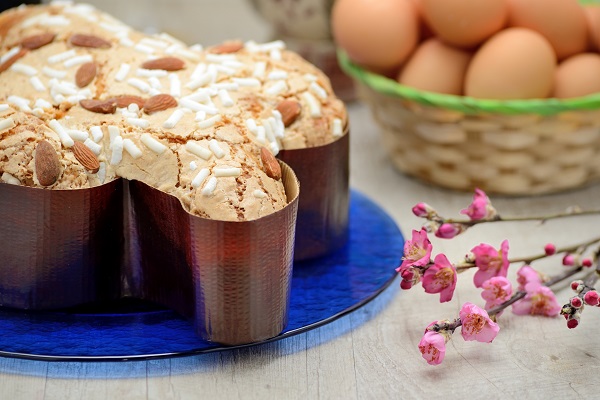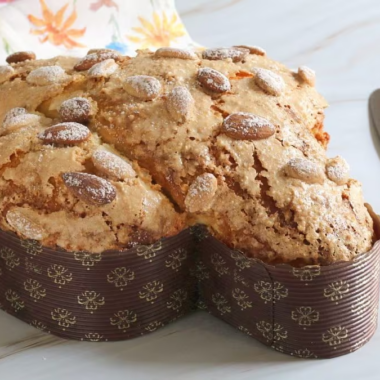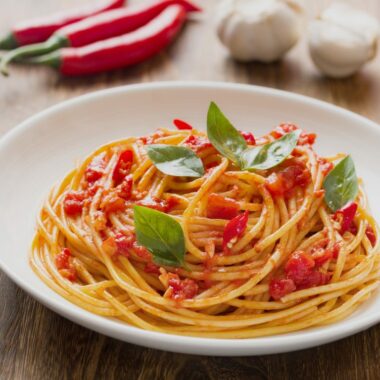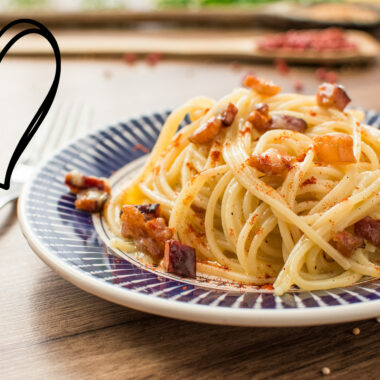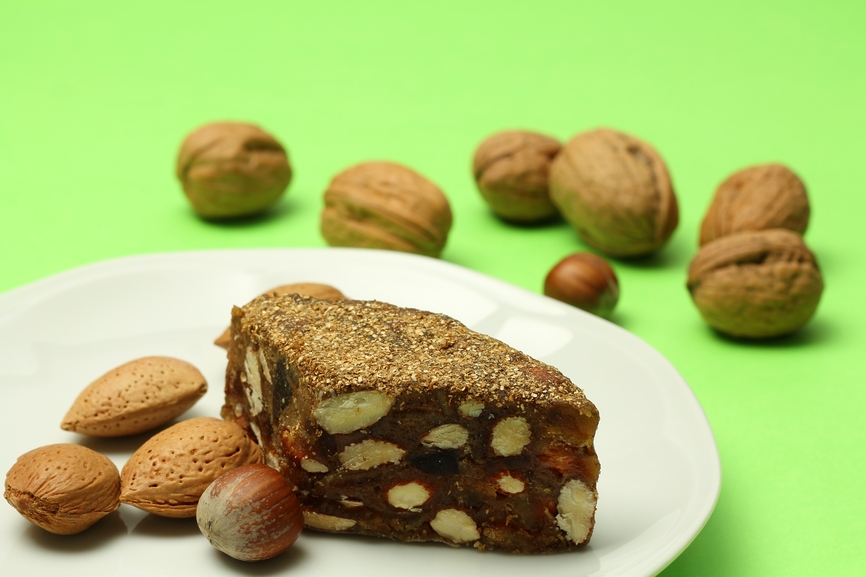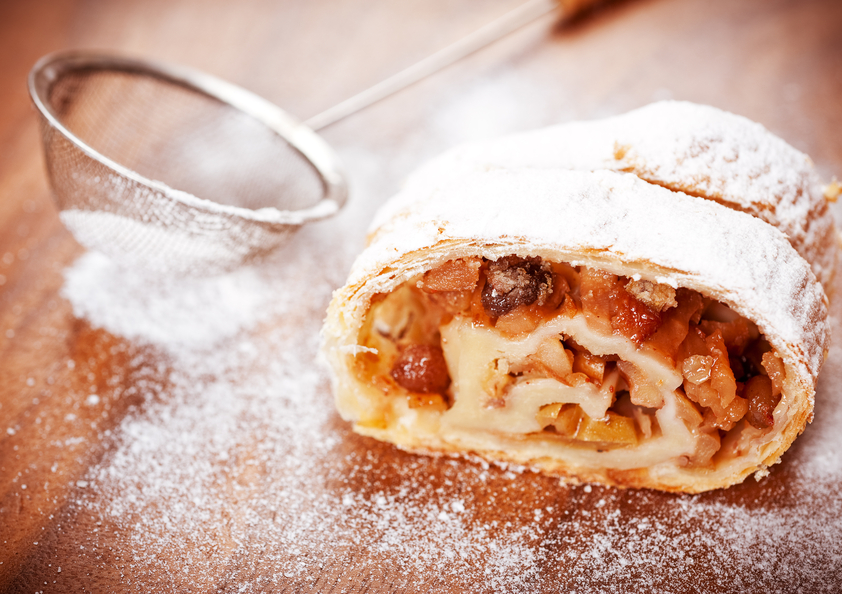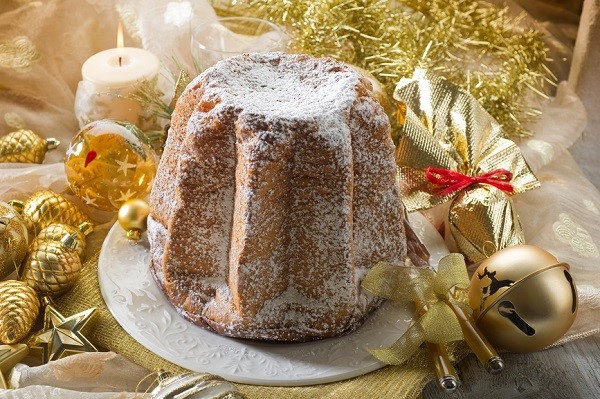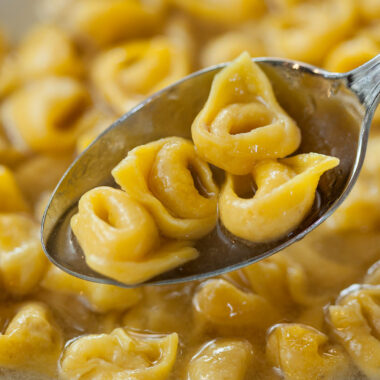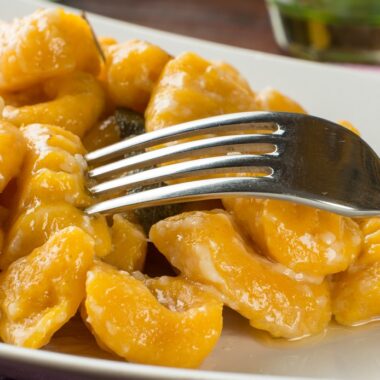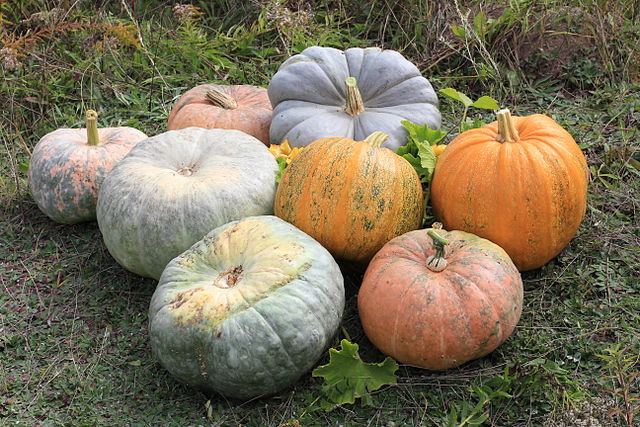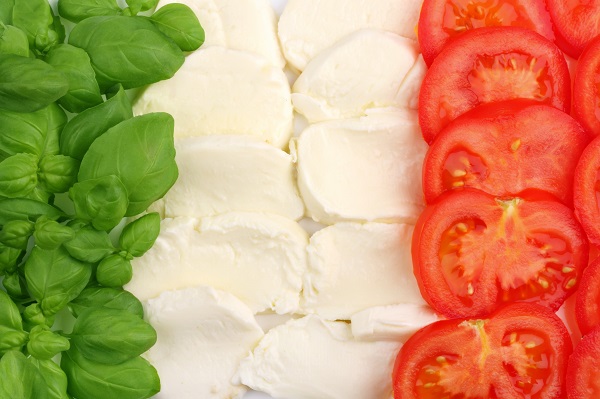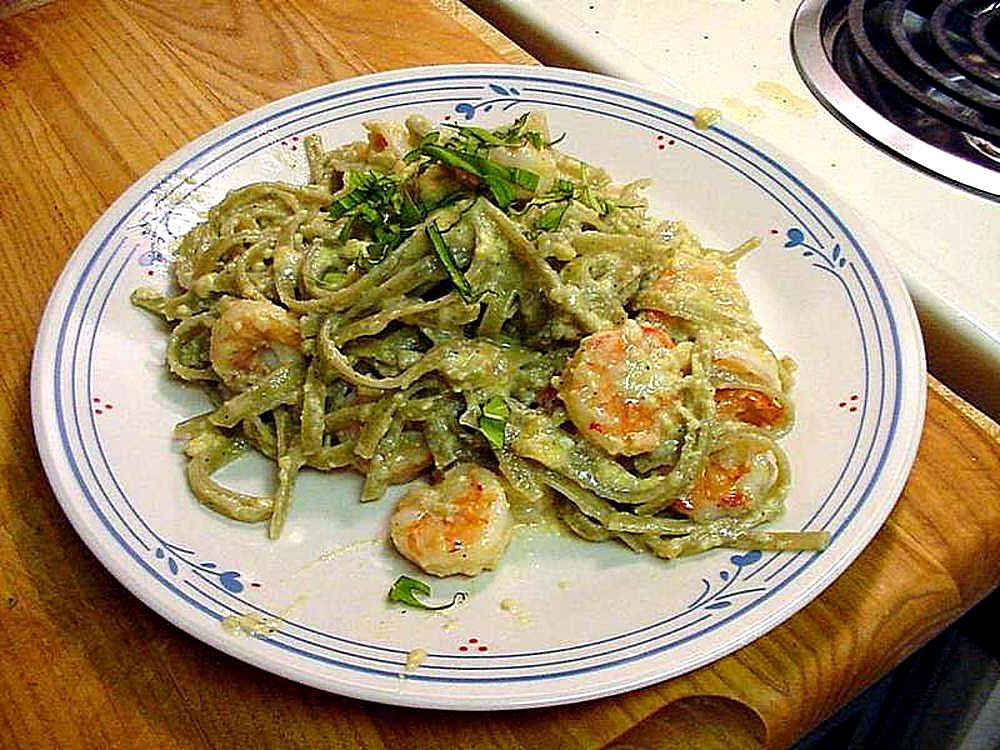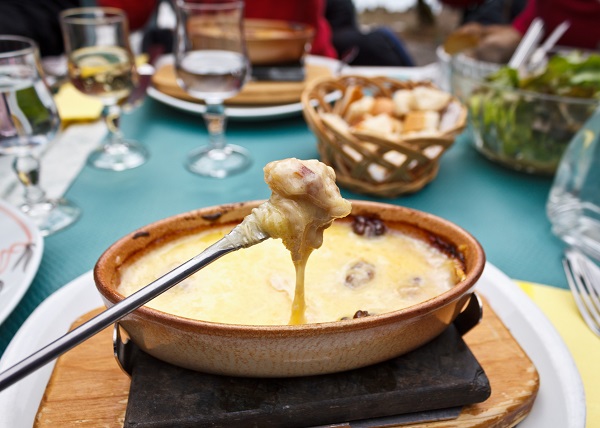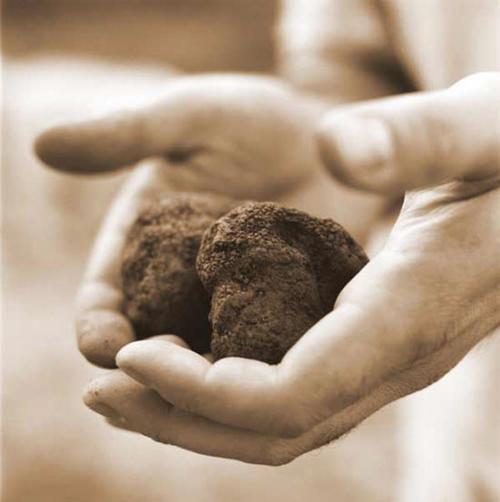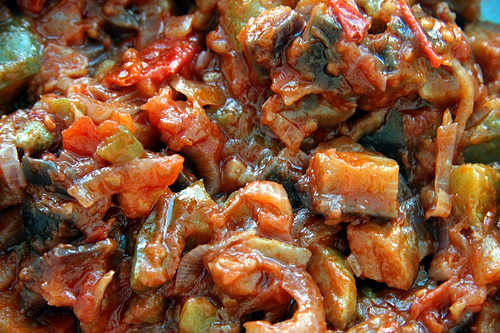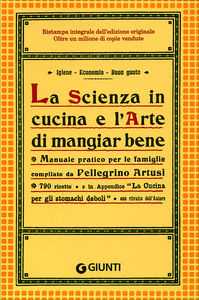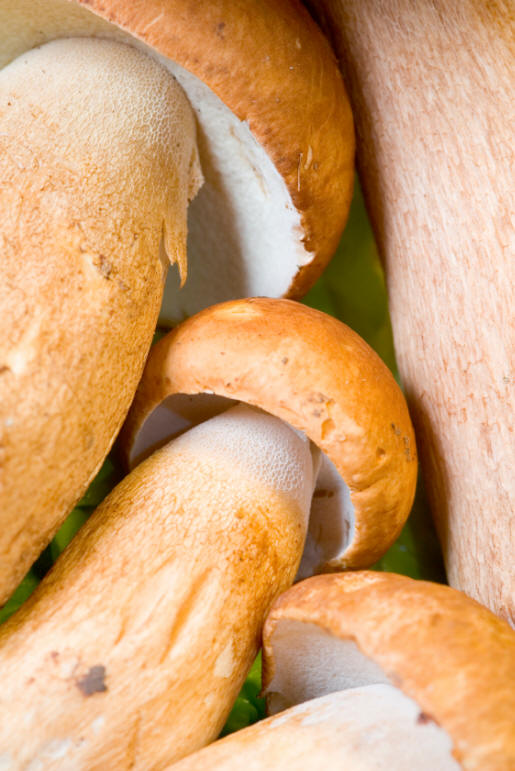
Of course, there are secrets for Italian recipes you should follow if you want to make a bona fide Italian dish! In the first part of this series, we looked at desserts. Now it’s time to take a closer look to the rest of the menu!
Are you ready?
These are some rules of thumb to follow when choosing to prepare a basic Italian dish. If you happen to be a wizard in the kitchen and can design something incredible yourself, by all means do so. However, especially when it comes to pasta dishes, there are so many distorted versions of our classics that learning some secrets for Italian recipes and rules of thumb to ensure authenticity is served along that tagliatelle can only be beneficial.
Secrets for Italian recipes: pasta dishes that don’t need extra cheese
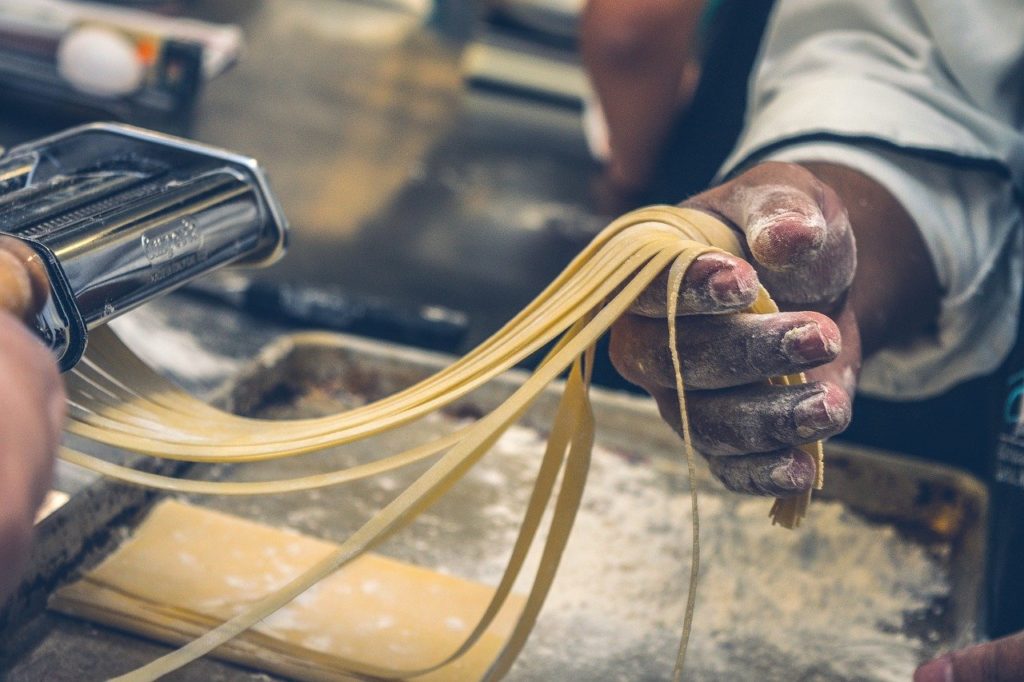
Believe it or not, just because you are eating past does not necessarily mean that you may smother it in pecorino or Parmigiano. So, one of the first secrets to Italian recipes to learn is just that: hold on to grated cheese sometimes, especially when you’re having pasta with sauces made with:
- Lentils, fish or clams, or seafood
- Porcini or other mushrooms (although this is questionable)
- Olives and capers
Secrets for Italian recipes: what about garlic and onions?
You may not know that Italians usually don’t use more than a couple of cloves of garlic in their recipes (unless they’re from Piedmont and are making bagna cauda, of course!)
Most of the recipes we are familiar with in the US have been tampered with through the years, as to cater to different cultures with different tastes outside of Italy. Ready to learn some secrets to Italian recipes related to the use of garlic and onions? Here we go!
- Garlic is commonly used in fish and seafood preparations (1-2 cloves).
- Recipes that call for mushrooms as an ingredient usually have garlic added.
- Pasta sauces made with the wild game often call for both onion and garlic.
- Garlic is added to many red sauces, and by some to pasta Carbonara (but the purist don’t).
- Most often, onion is used in sauces which also call for celery and carrots…
Here are some more secrets to Italian recipes that may come in handy when handling the garlic-and-onion dilemma.
For instance, keep in mind there are plenty of sauces that call for neither onion nor garlic, like some creamy sauces and those used for lasagne and cannelloni (although, on occasion, they use onion).
Pasta with cheese or butter-based sauce (such as quattro formaggi, popular with gnocchi, or burro e salvia, common with ravioli or tagliatelle) call for neither onion nor garlic. And there are even some versions of ragù alla Bolognese that do not want garlic, would you have guessed?
To sum it up…
Use garlic with all seafood and mushroom pasta sauces. Original pesto recipes call for garlic, but it’s common nowadays to leave it out on occasions, to make the sauce more easily digestible.
Wild game sauces are also, usually, prepared with garlic
You should add onion when making roast meats’ sauces, ragù, and red sauces.
Secrets for Italian recipes: rules of thumb for meat
Cooking meat is not an easy feat: the dreaded risk of turning even the nicest, juiciest meat cut into a shoe sole is always present if you don’t know exactly what you’re doing.
You can certainly make things a bit easier by at least making sure the right flavors are added to the type of meat you cook.
In Italian cuisine:
- veal is often cooked with sage and garlic.
- Baby lamb is prepared with rosemary, sage and garlic when grilled.
- Veal can be prepared with onion or garlic, but agnello — or lamb– seems to favor garlic in the Italian recipes, unless celery and carrots are prepared.
Vegetables in the Italian kitchen
Well, the first secret for Italian recipes involving vegetables is one you may — or may not — expect: the boiled veggies-and-butter combo is not that popular in the Belpaese. Italians prefer to blanch vegetables for 3 to 5 minutes, then throw them into the quintessential Italian pan, prepared with a garlic clove or two and a tablespoon of extra virgin olive oil.
I remember having the joy of my aunt’s spinach, cooked exactly this way with the garlic and oil: I couldn’t believe that spinach could taste so delicious.
Many, if not all, vegetables are prepared in this manner by Italians- though not all need to be blanched first. Some vegetables are cooked in oil with salt and pepper and simply sprayed with fresh lemon juice.
…and flowers!
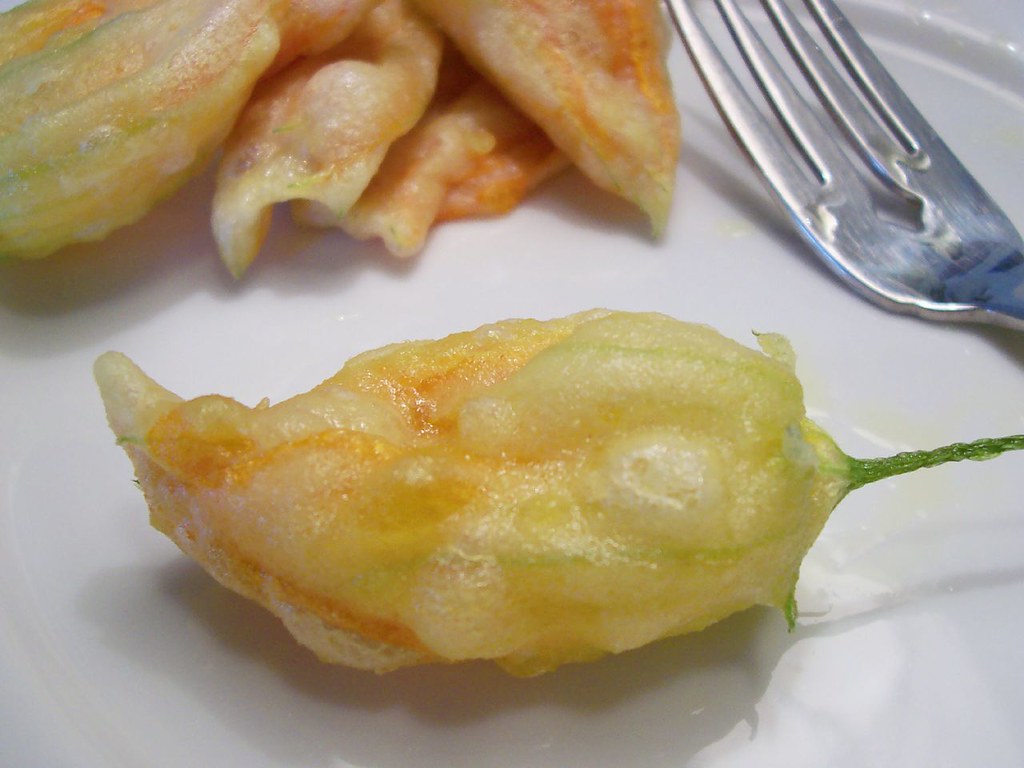
Who has ever heard of frying flowers of the zucchini plant?
I know I myself discovered this unique secret for Italian recipes from my strange (as I fathomed) grandfather. He used to tell me to go out and gather the strangest plants that I had ever heard of. First it was the dandelions growing along the grass, and then it was the yellow flowers of the zucchini plant. I couldn’t figure out what for.
The Italians are great in the flower preparation – they use zucchini flowers that are not opened, egg wash, flour and oil. You just have to cut off most of the stems and the filament, cover the flowers in the egg wash and flour, them deep fry them.
The way they make them in Rome is fantastic! Somehow they mix in mozzarella and anchovy, they are scrumptious!!
By Jackelin J.Jarvis
Edited by Francesca Bezzone


